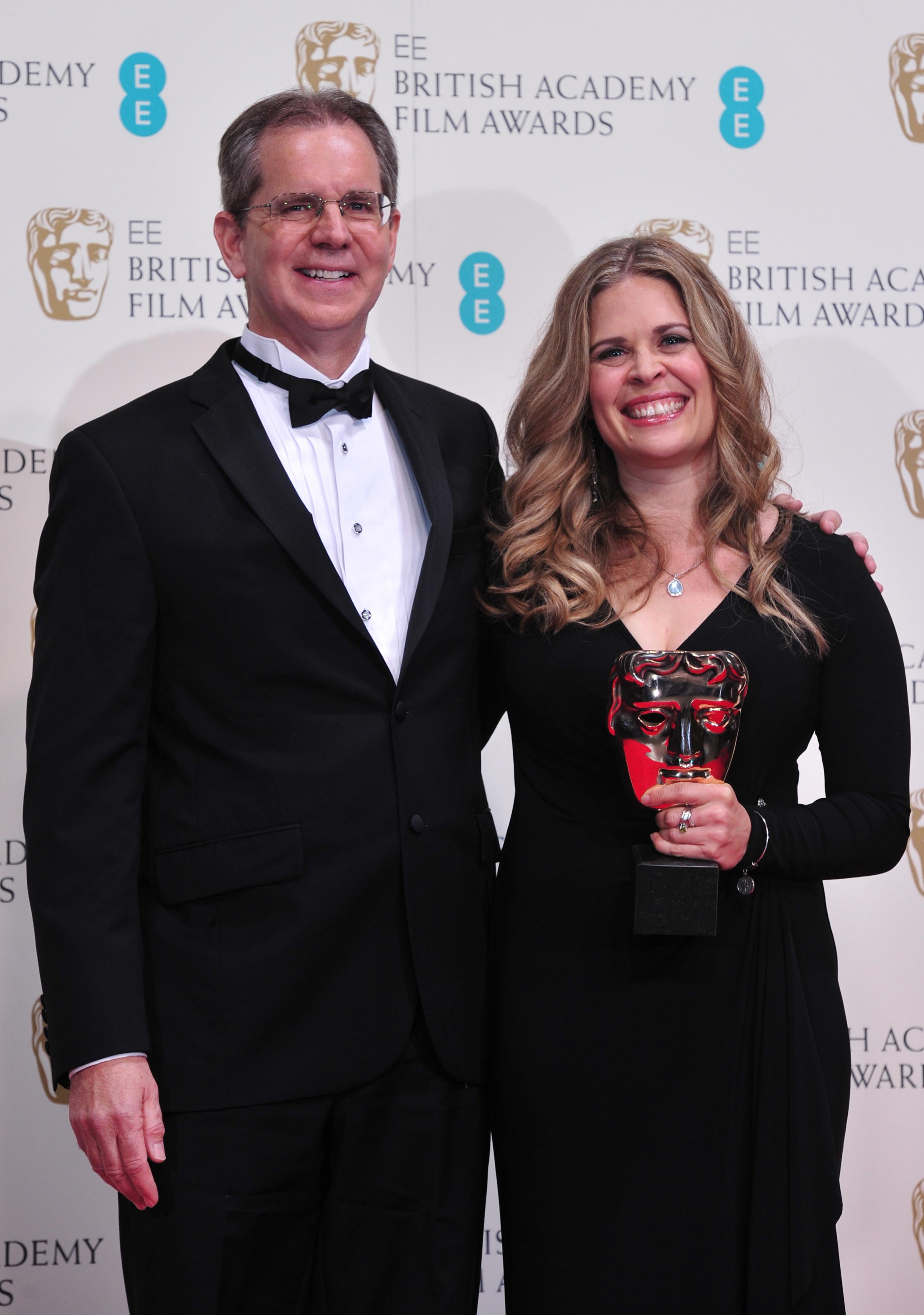This story first appeared on Inc.
I didn’t expect to find leadership lessons in the Disney blockbuster Frozen. At best, I thought I’d find a princess movie I didn’t hate.
Then I wrote “Let It Go: 10 Reasons I’ve Learned to Love Frozen,” and the always-insightful Alice Krause tweeted, “Is Frozen a leadership lesson in disguise? And you thought it was just a movie!”
She’s right. There are plenty of leadership lessons in Frozen—and they go well beyond Anna’s heroism, perseverance, and loyalty.
Talent is everywhere.
Frozen has two directors: Jennifer Lee and Chris Buck. The two started working together when Lee was a writer on Wreck-It-Ralph. Frozen, like other Disney movies-in-progress, was screened every 12 weeks for people working on other projects, and everyone gave notes on everyone else’s work. Lee gave great notes, and eventually was brought on as Frozen’s writer before becoming a director.
This would be completely unremarkable, except that Disney writers don’t become directors. Or at least they didn’t before Lee. She is the first. She is also the first female director of a Disney animated film. I don’t think it’s a coincidence that she helped create what are arguably Disney’s best female characters ever—and they led to the highest-grossing Disney animated film ever.
Disrupt your business. Or someone else will.
Disney’s huge “princess” franchise brought in an estimated $3 billion globally in 2011. But for parents, princesses are a mixed bag. Granted, tots in tiaras are mostly adorable. Rather the problem is that princesses aren’t great role models. They don’t do much. They mostly wait for their prince to come. In 2014, this is not what most nonroyal parents want for their daughters.
With Frozen, though, Disney made a movie about two princesses—one of which quickly becomes queen—that’s not a “princess” movie. Frozen revolves around Elsa’s coming to terms with her magical powers, Anna’s attempts to rescue her and the kingdom, the relationship between the two sisters, and a whole lot of weather. There’s a devious suitor, a snow monster, and powerful magic gone awry. These princesses have adventures worthy of any hero.
Disney has not wrapped Anna and Elsa into its princess machine, at least not yet. If you’re brave enough to walk down the “pink” aisle of any toy store, you know Disney markets many of its princesses together. You can buy rain boots for a three year-old decorated with Belle, Cinderella, and Sleeping Beauty: you don’t have to pick which princess you want. It’s as if Disney’s admitting that the princesses are all pretty much interchangeable. And some characters marketed as princesses never were. Mulan, from the movie of the same name, is now officially a Disney princess. So is the clothing-challenged Ariel, from The Little Mermaid, and Jasmine, from Aladdin.
Meanwhile, there are plenty of stronger female role models for girls to choose from. Each of the Hunger Games movies, which starred Jennifer Lawrence as teenage action hero Katniss Everdeen, grossed more than $400 million domestically. The new Ms. Marvel is a Muslim teen superhero. Gravity, starring Sandra Bullock as a brave astronaut afloat in space, won seven Oscars, including one for best director, and brought in $275 million. None of these characters are princesses.
Disney’s a lot of things, but it’s not stupid. It knows princesses aren’t for everyone. And therefore, Elsa and Anna are princesses—but they’re not really princesses.
Don’t take yourself—or your story—too seriously.
In Frozen, Elsa won’t condone Anna’s marriage, because Anna’s known her alleged Prince Charming, Hans of the Southern Isles, for just one day. When Anna relates this story to her friend Kristoff, he reacts similarly. He asks Anna what her suitor’s last name is, and she pauses a moment before defiantly answering, “of the South!”
An abbreviated courtship has rarely been a problem for Disney princesses, and it’s brave of Disney to joke about it. The whole conversation could have been cut from Frozen without missing much, but instead Disney uses it to wink at the adults in the audience. Good for them. Maybe Sleeping Beauty or Snow White should have woken up and said to Prince Charming, “Wait! I just met you!”
Leadership is universal.
Much has been written recently about how women’s styles of leadership are different from men’s leadership. Generally, I find this interesting—especially Leigh Buchanan’s excellent piece for Inc.—but there comes a point at which saving the kingdom is all that matters. Anna, with a big assist from Kristoff, gets the job done: She saves herself, her sister, and the kingdom. Boys don’t even care that she’s a girl. My friend’s seven-year-old son said to her recently: “Mommy, everyone has seen Frozen. Even the girls!”
It’s not just Anna who shows leadership in Frozen. Disney did, too. Its reward is not just a smash success, but a whole new generation of fans.
